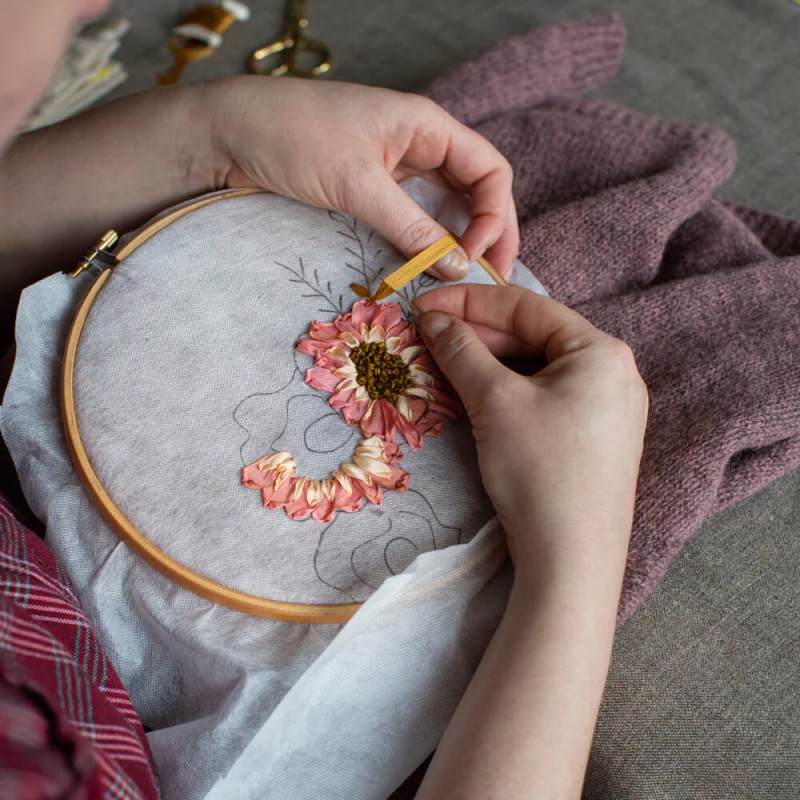Embroidery has been a cherished craft for centuries, allowing crafters to turn threads and fabrics into artistic expressions. Whether you're a beginner or an experienced stitcher, the possibilities with embroidery are endless. From intricate designs to simple patterns, you can use embroidery to personalize clothing, accessories, or even home décor. In this guide, we'll dive deep into the diverse world of embroidery, exploring creative ideas and techniques that will take your work to the next level. Let’s unlock the secrets to mastering this timeless craft.
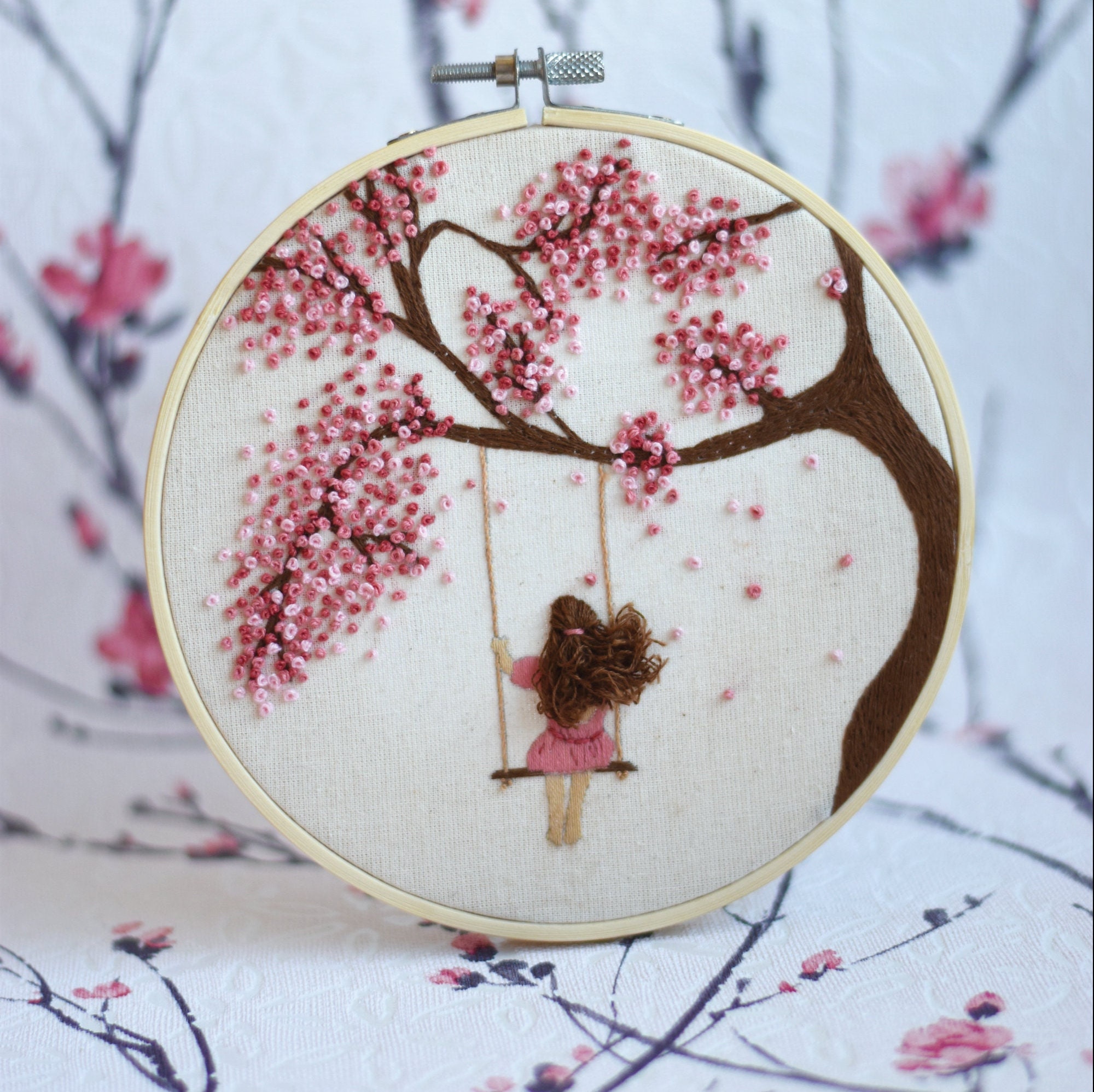
1. Hand Embroidery Patterns: One of the best ways to start your embroidery journey is by exploring hand embroidery patterns. These patterns are not only widely available but also versatile for various skill levels. You can find floral designs, abstract shapes, and even custom text patterns to work with. Having a good pattern in place gives structure to your work and helps you create precise and appealing designs. Whether you use printed guides or digital formats, the pattern is your map to a beautifully stitched piece.
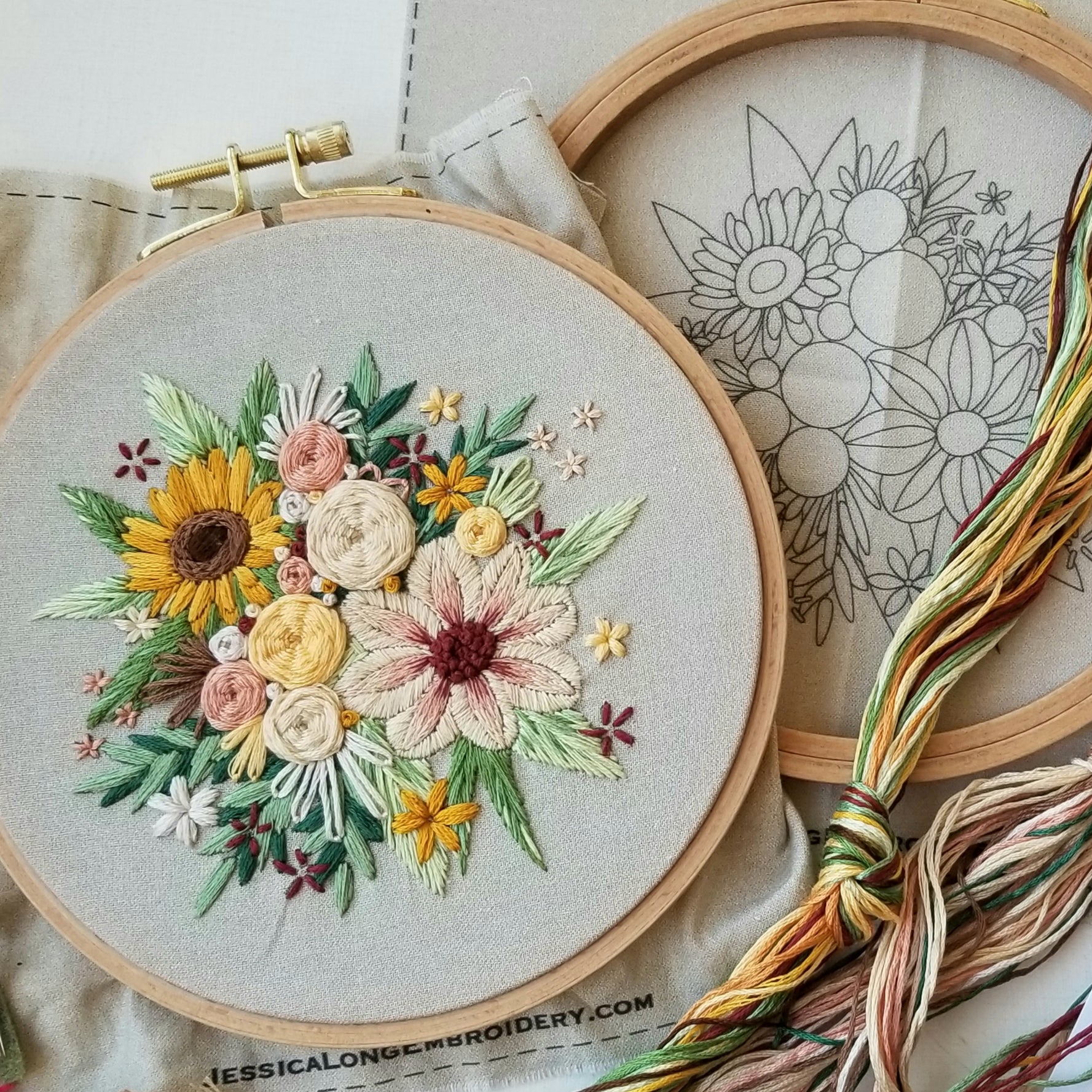
2. Choosing the Right Fabric: The fabric you select is critical to the success of your embroidery project. Different fabrics provide unique textures and levels of tension, which directly affect how the stitches appear. Cotton, linen, and muslin are common choices due to their strength and smooth texture, making them easy to embroider on. For more advanced projects, you might experiment with silk or velvet for a luxurious feel. Keep in mind the end purpose of your embroidered piece when choosing fabric to ensure durability and aesthetic appeal.
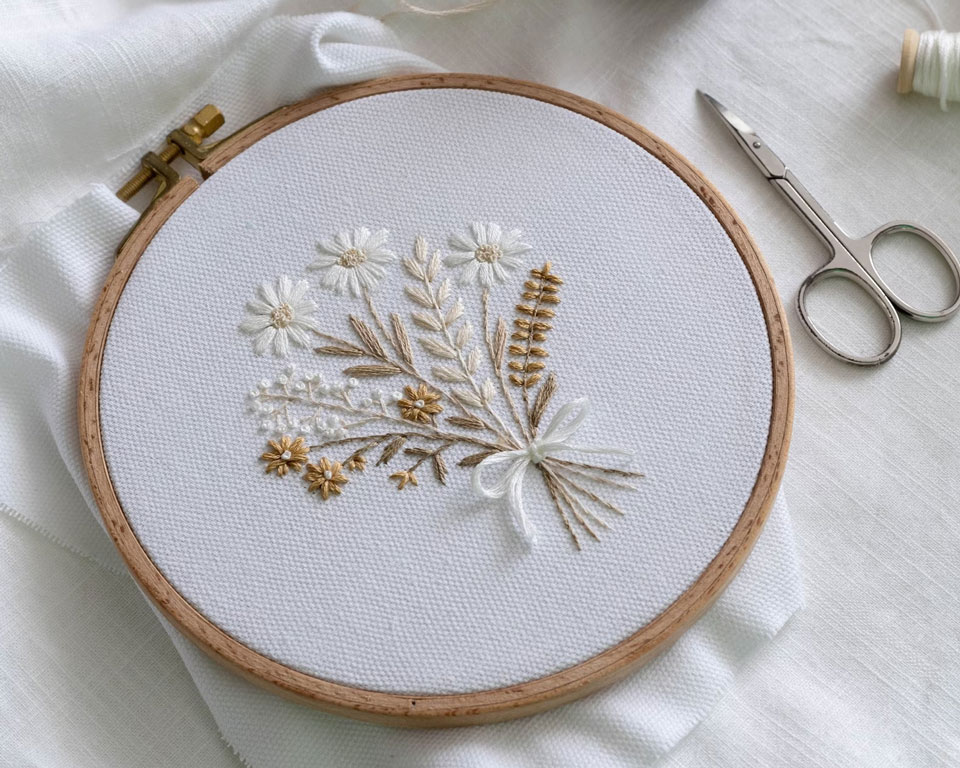
3. Essential Embroidery Tools: Having the right tools will significantly impact the quality of your embroidery. Basic tools include an embroidery hoop, needles, and threads, but you may also want to invest in specialty scissors, thimbles, and marking pens. Hoops help maintain fabric tension, while high-quality needles ensure smooth stitching without snagging or tearing the fabric. Additionally, choosing the right type of thread, such as cotton floss, silk thread, or metallic fibers, will determine the final look of your piece.
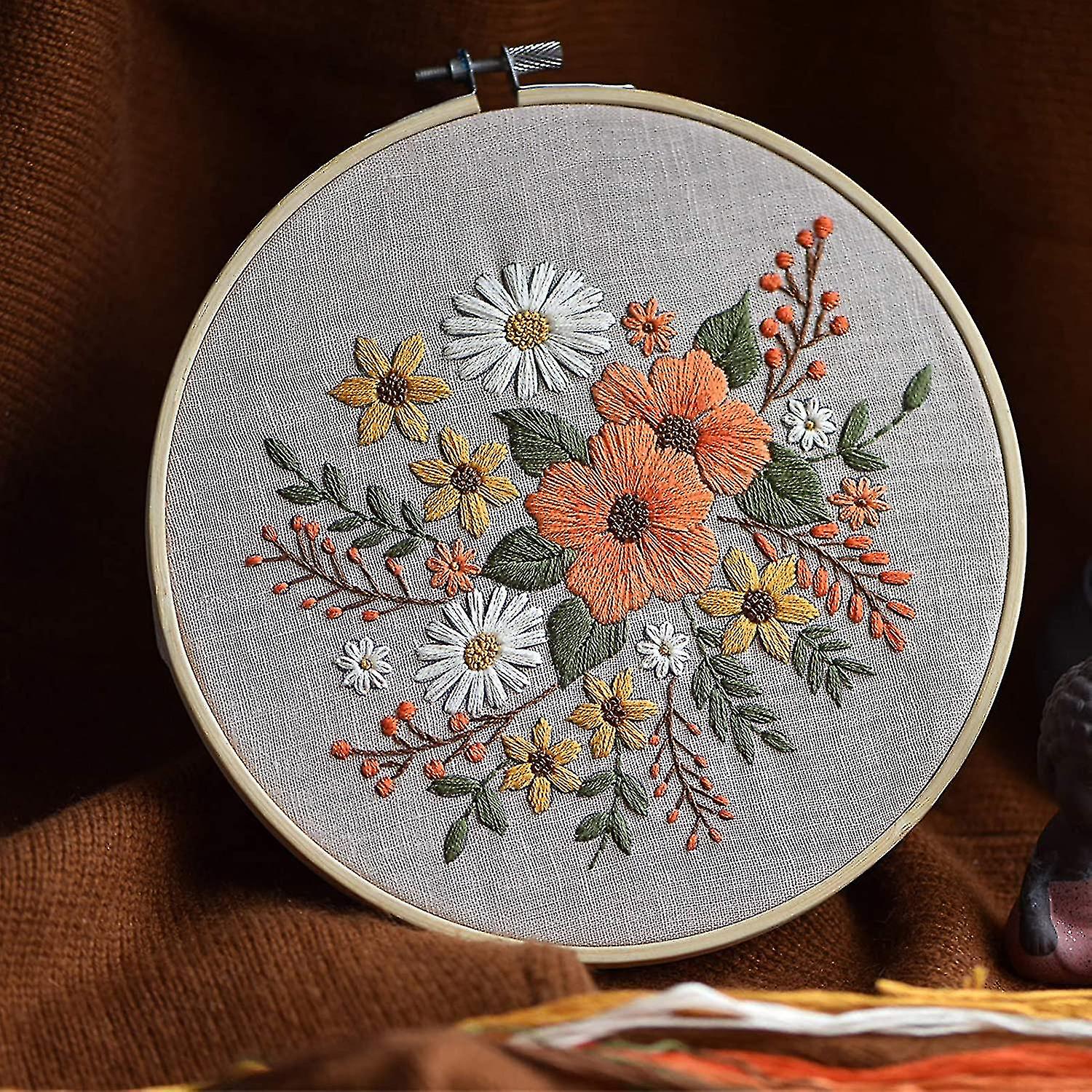
4. Learning Stitches: Mastering different stitches is fundamental to becoming a proficient embroiderer. The most popular stitches include the backstitch, satin stitch, and French knots. Each stitch brings a different texture and dimension to your work. For example, the satin stitch is great for filling in large areas, while French knots add a 3D effect. Practicing various stitches not only expands your skill set but also allows for more creative expression in your designs.
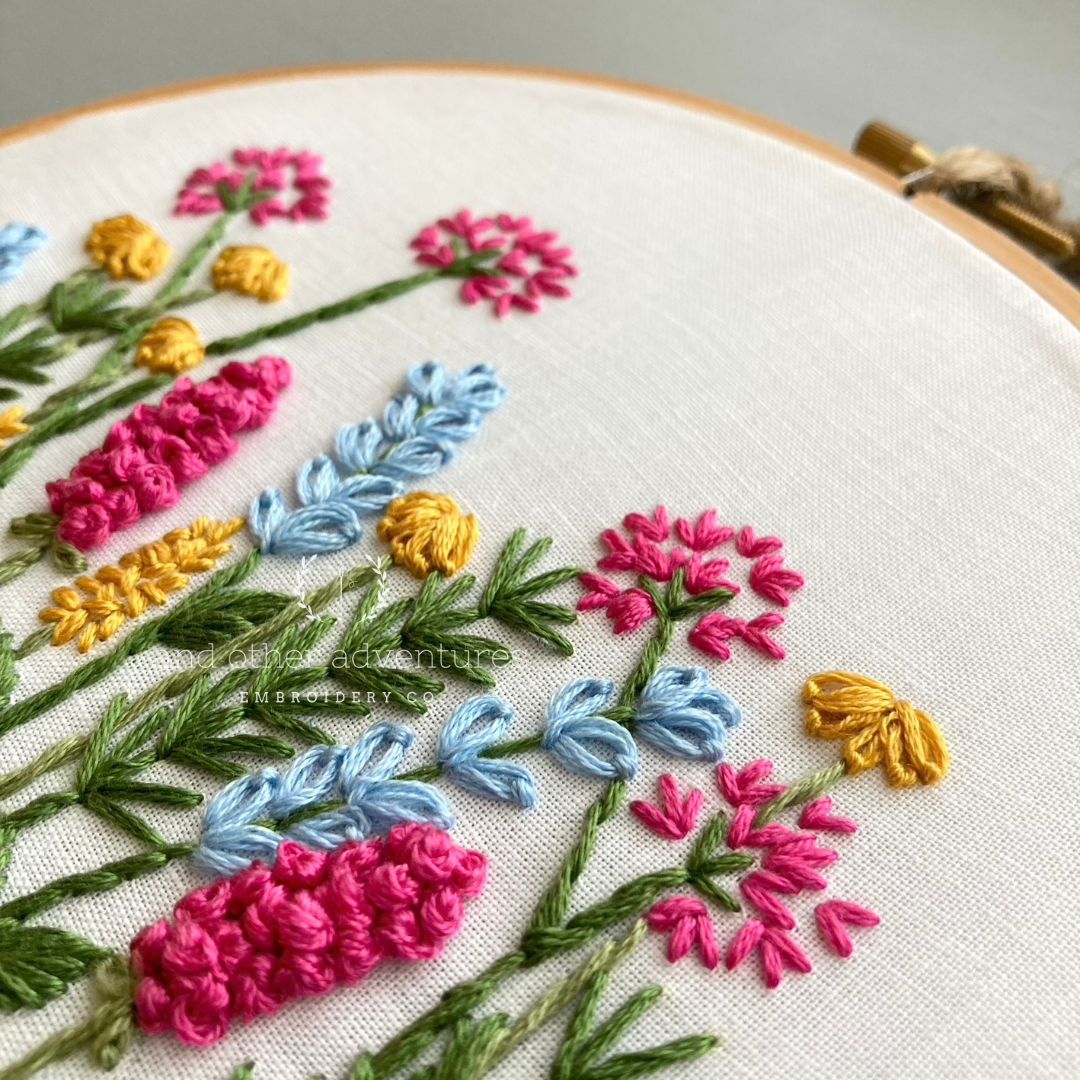
5. Color Selection and Blending: The colors you choose for your embroidery project can elevate a simple design into something extraordinary. Consider using a color wheel to help pick complementary or contrasting shades. Additionally, blending threads by using two different colors in one stitch can create gradient effects that add depth and complexity to your work. Color choice is particularly important in embroidery as it plays a significant role in the overall visual impact.
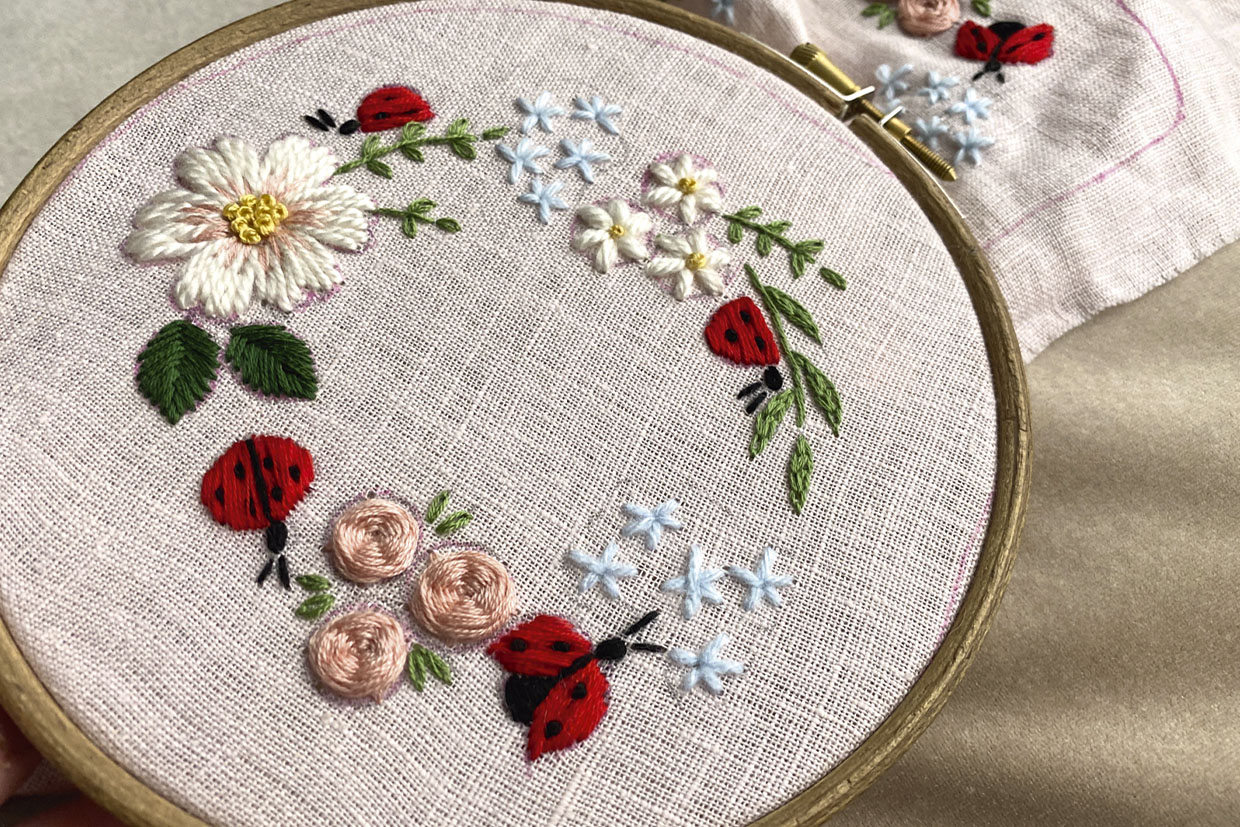
6. Embroidery for Clothing: One of the most popular trends in embroidery is embellishing clothing. From embroidered jeans to custom-made jackets, adding embroidery to your wardrobe allows for self-expression. Embroidery on clothing not only personalizes your garments but also turns basic items into one-of-a-kind pieces. Whether you add small floral designs to collars or intricate patterns to sleeves, it’s a fun and creative way to refresh your wardrobe.
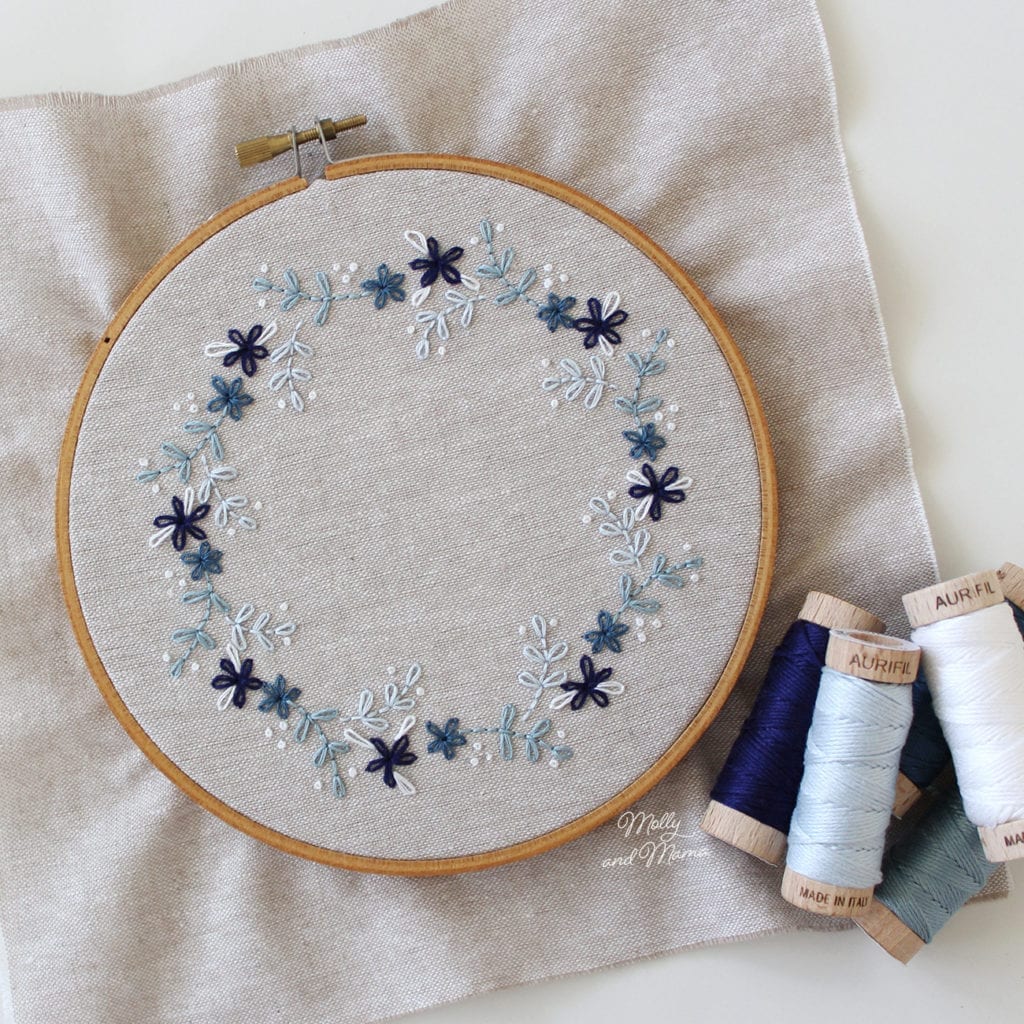
7. Home Décor Ideas: Embroidery can go beyond fashion and be used to beautify your home. Embroidered throw pillows, wall hangings, and tablecloths add a personal touch to your living space. You can create your own unique designs that match your home’s aesthetic or follow seasonal themes. Embroidered art pieces are also becoming increasingly popular, allowing you to hang your work as an elegant, handmade masterpiece.
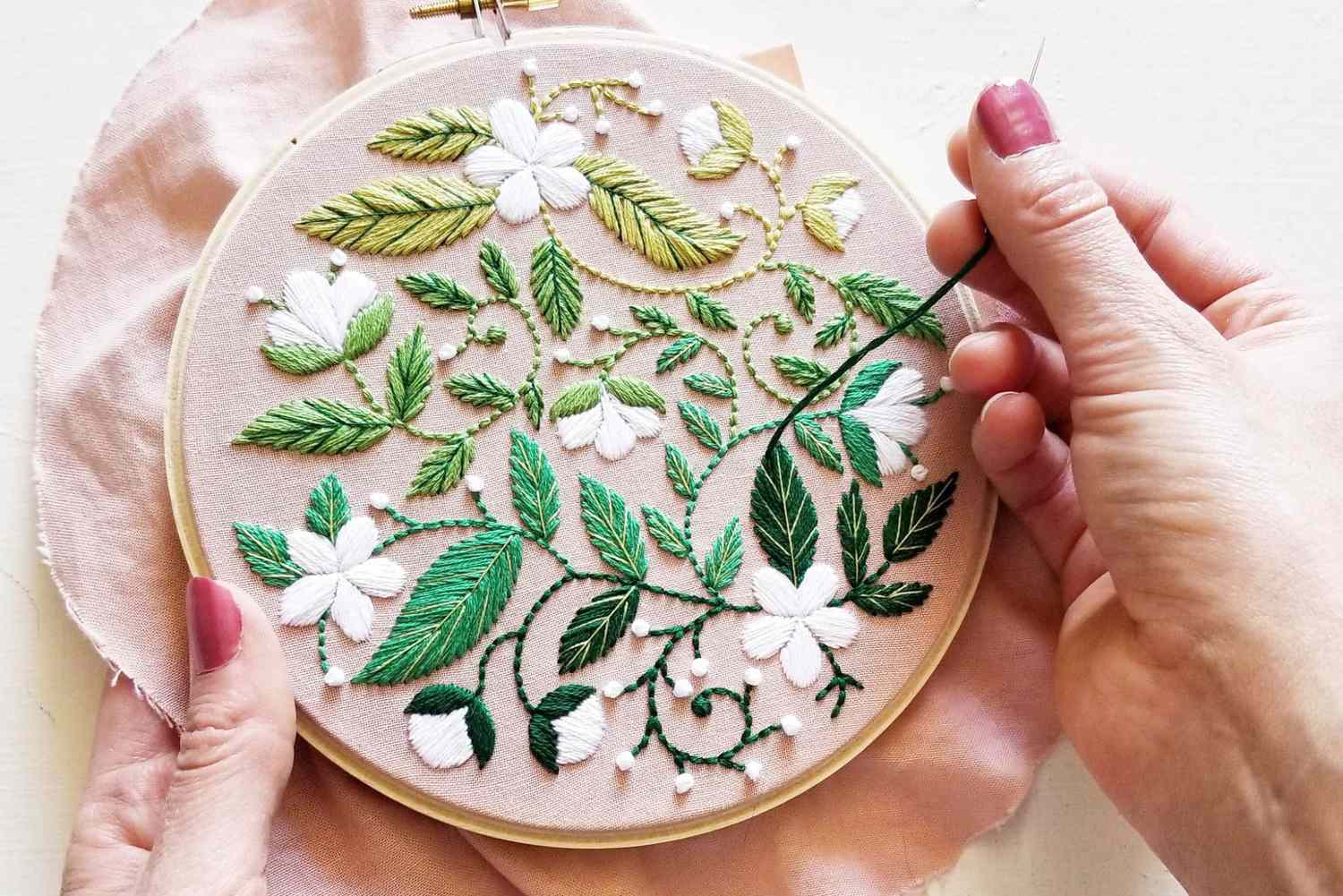
8. Personalized Gifts with Embroidery: Handmade embroidered gifts hold a special charm that store-bought items can’t match. Personalizing gifts such as towels, handkerchiefs, or baby clothes with embroidered initials or custom designs makes them more meaningful. Plus, the recipient will appreciate the time and effort you put into crafting something uniquely for them. With embroidery, you can turn simple items into cherished keepsakes that stand the test of time.
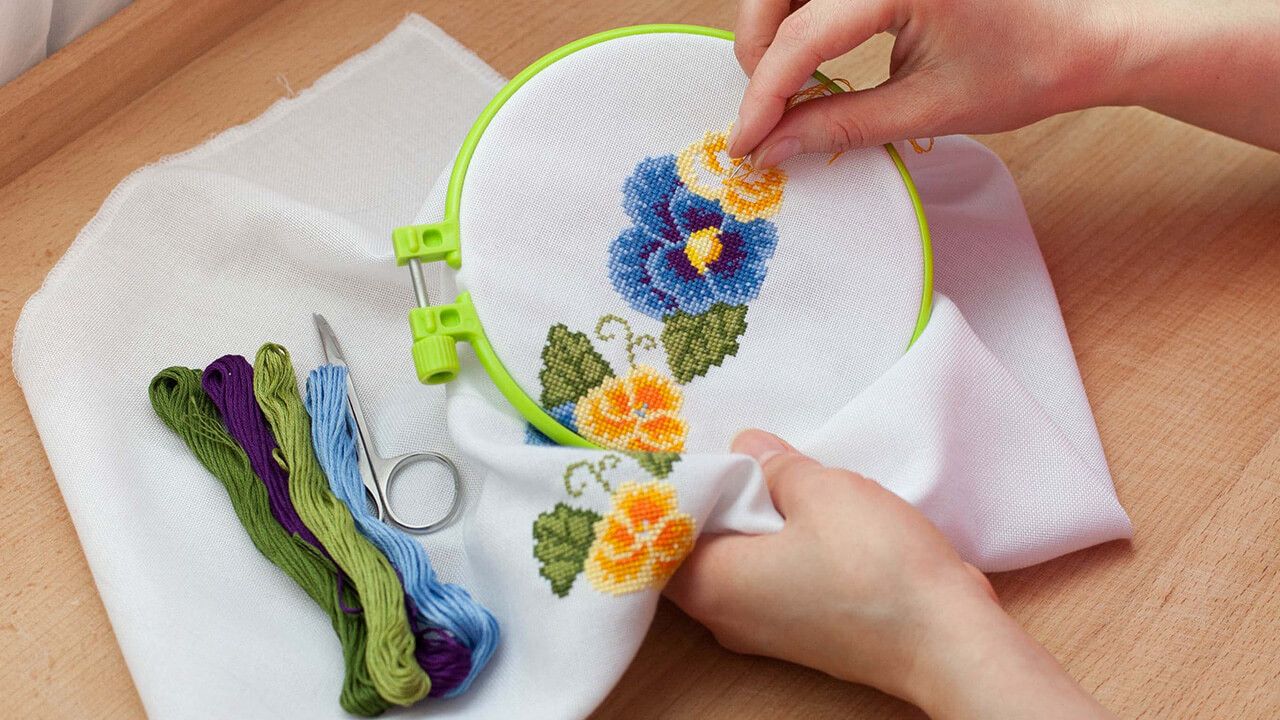
9. Advanced Techniques and Embellishments: Once you’ve mastered the basics, you may want to explore advanced techniques like stumpwork, ribbon embroidery, or beadwork. These methods add texture and dimension to your pieces, giving them a more professional and artistic look. Adding embellishments such as sequins, beads, or ribbons can also elevate a design, making it more intricate and eye-catching. These techniques require more patience and practice but are well worth the effort for the dramatic results they produce.
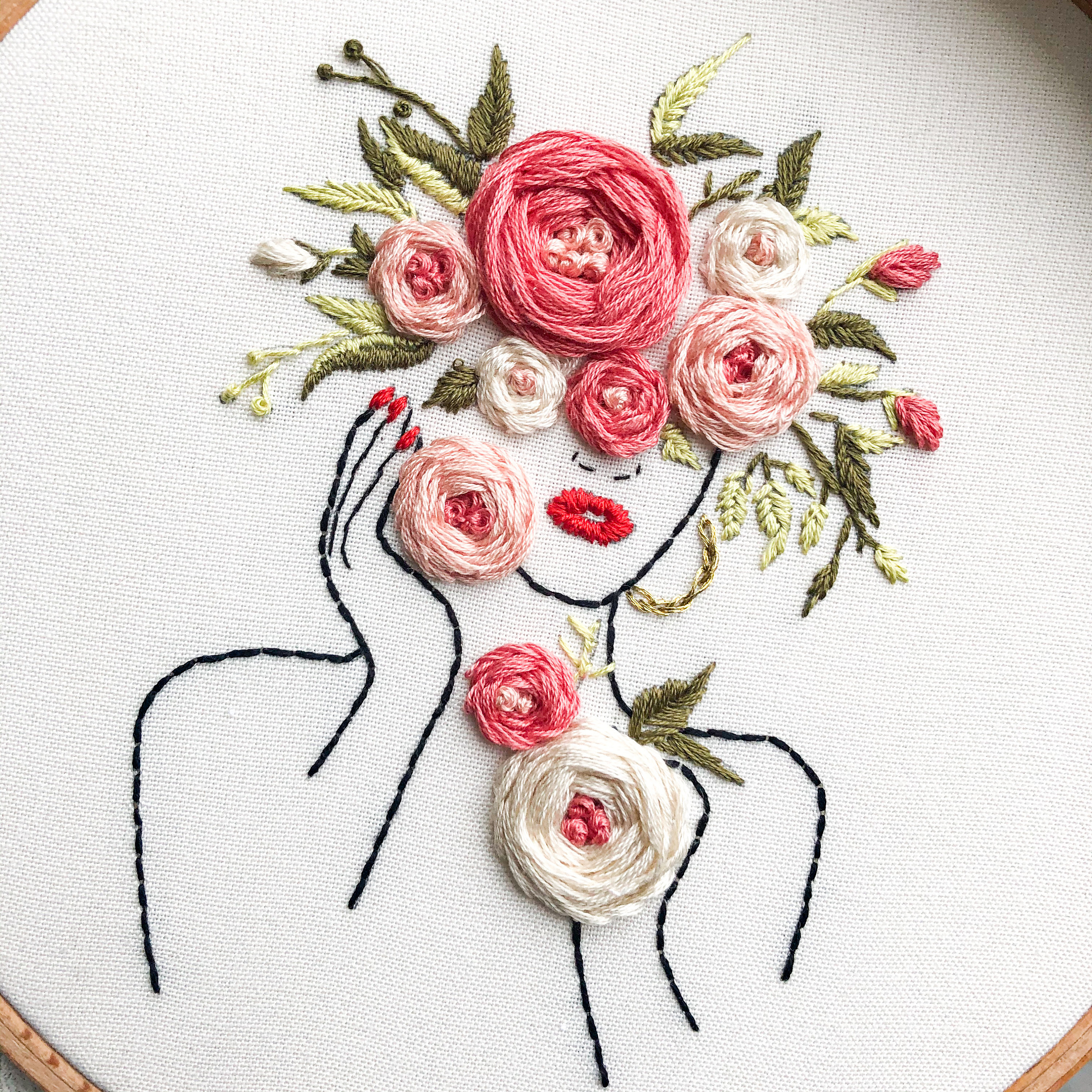
10. Maintaining and Preserving Your Work: After spending hours perfecting your embroidery, it's important to preserve your work properly. Always wash embroidered pieces by hand using mild soap, and avoid wringing or twisting the fabric to maintain the integrity of the stitches. If you’re framing your work, ensure that the fabric is stretched properly and protected by glass to avoid dust and moisture. Proper care will ensure your embroidered pieces remain vibrant and intact for years to come.
